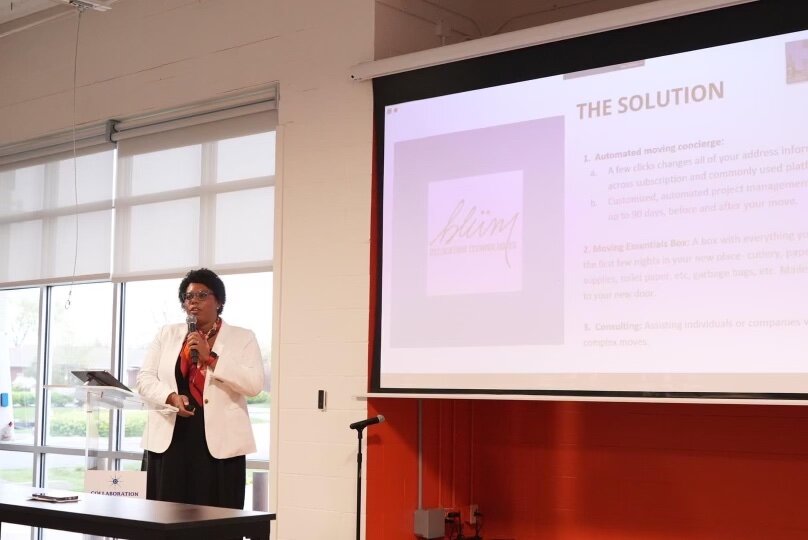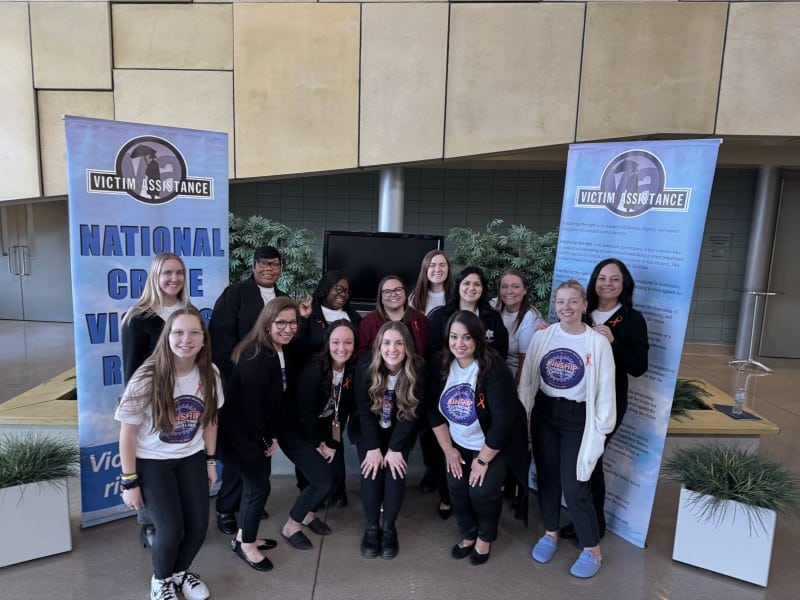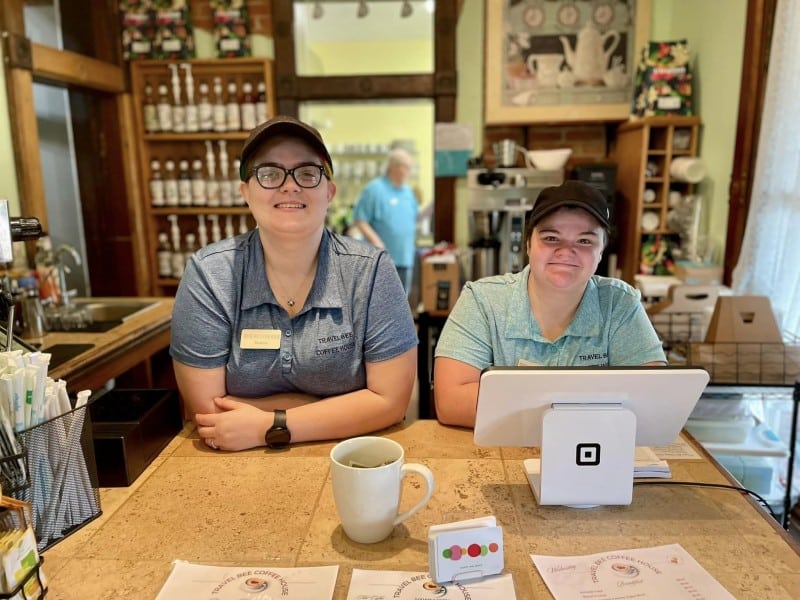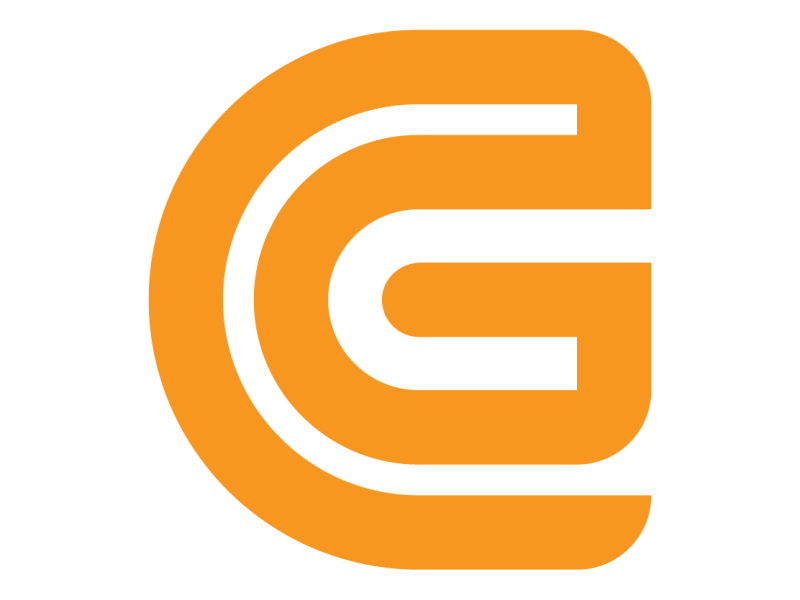What if moving weren’t such a headache? This Indiana-developed app hopes to help
Blüm Relocation Technologies seeks to serve movers by digitally relieving some of the stress of relocation.
Moving can be logistically intense, a truth Domini Martin-Urban knows firsthand. The Fort Wayne-native-turned entrepreneur wants to change that through the power of automated solutions. Enter Blüm Relocation Technologies, a software concept she’s developing to streamline some of the most tedious aspects of relocation.
To understand where Urban is today, professionally, it’s helpful to look at her past.

“I started Blüm Relocation Technologies because I worked in economic development for several years in Northeast Indiana and in Central Indiana,” she says. “A lot of companies were very frustrated with the time it takes to get talent, and we know that retaining an educated workforce is really important. Everyone relocates people.”
Urban and her husband, Andrew, found themselves among that cohort a few years ago when they relocated for a job, and Urban says the corporate moving experience could have been better. Prior to that, she had moved several times—she estimates 10 times in a decade. In her experience, it’s not the macro facets of moving that are the most grueling; it’s the little things. Think of it as death by a thousand cuts.
A resident of Indianapolis today, Urban realized she wasn’t alone in her frequent moves.
“Between age 18 and 35, on average, (Millennials) move every 2.2 years,” she says. “Then it drops off precipitously after 35. And Gen Z is currently in that boat, as well.”

With so many young people moving, Urban’s target market is anyone willing to adopt a technological solution to make their move more seamless. Blüm—a nod to her German heritage and the adage “bloom where you’re planted”—offers hope in lightening the mental load of moving.
“(In developing Blüm), I thought about my own moves, internationally and domestically, and I realized that maybe the problem with moving isn’t the boxes,” she says. “It’s the mental load of (details) beforehand.”
According to Urban, there aren’t solutions that address this aspect of the problem either. In her research, she found resources like an “ultimate moving checklist.” While helpful on some level, the onus still rests on the mover to handle all of the details. For instance, if you’re moving to a new city and pay for several subscription services, you need to update your address. That’s one pain point automation via Blüm could solve.
“With a single sign-in, you could change your address across a bunch of different subscription and/or streaming platform services,” she says.

Another example: Say you need to enroll your child in school and need to furnish documentation. Blüm would provide a safe way to store it for future needs. The same goes for pet vaccination records and the like.
“I liken it to TurboTax, but for moving,” she says.
Just as TurboTax is a software solution to take the guesswork out of filing, Urban hopes to release Blüm as either a one-time purchase or a monthly subscription model for more complex moves. In the meantime, she’s working with a UX designer to develop a minimally viable product (MVP).
In hindsight, Urban says she’s grateful for the support she’s received from the Indianapolis community. She pitched with the Be Nimble Foundation and won a prize from their Garden Pardi. Earlier this year, she won an Indiana Technical Assistance Program (INTAP) grant from the Indiana Small Business Development Corporation, which was $10,000 to be used for product development.
Currently, her focus is on client interviews, which will help her better hone in on the product’s features. The goal is to have the MVP ready for December and then beta test next spring in time for peak moving season.
Longer term, her intention is to build a company to sell someday that will allow her to pay it forward.
“I’d like to build a great product and then eventually get it to a place where someone wants to buy it,” she says. “Because I want to spend the time helping my community. That was always my goal. When I first came up with the idea, I was like, ‘I’m gonna build this. I want to sell it for however much value it gets and then put that money back to my community, my hometown of Fort Wayne.’”












